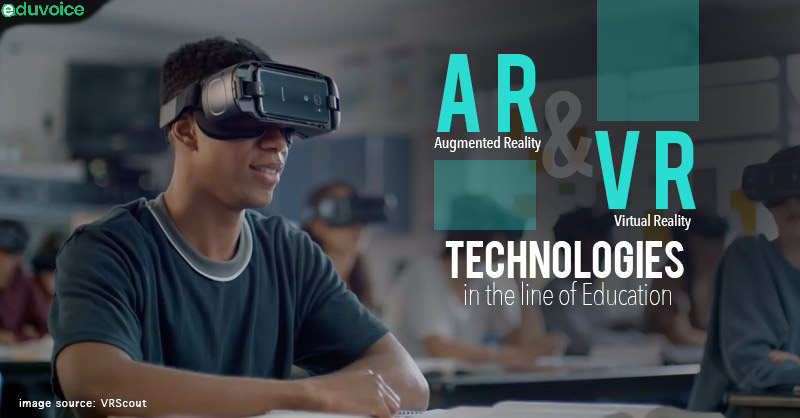Did you know: India has one of the biggest network of higher education institutions on the planet with 42,047 colleges and more than 850 universities. An aggregate of 35.7 million individuals was enlisted in advanced education institutions in 2016-17. Gross Enrollment Ratio (GER) in advanced education achieved 25.2% in 2016-17. So it is quite natural that the education line needs to embrace the current of emerging technologies and hence through this article, we are looking at the prospect of utilizing AR and VR Technologies in the line of Education
As the cost of virtual and augmented reality (VR &AR) headsets continues to fall, simulation and immersive technology have started being utilized by many University across the globe and have started a new era of higher education. Virtual Reality has far more benefits that can be utilized and weaved into the traditional teaching systems. Let us have a look at various ways in which VR can be incorporated into Teaching mediums.
VR Teaching Tools
Some foreign Universities (like Lehigh University) had begun preparing newly recruited faculties to utilize VR advancements in their lectures, and at the college’s Center for Innovation in Teaching and Learning, trainers have begun teaching existing professors to utilize VR system of learning. In addition to gaining hands-on experience, trainers say that this experience enables students to consider new approaches to utilize tech tools and to enable students to grasp content easily and efficiently.
VR Admission Guidance
Current students aren’t the only ones being benefited from AR and VR, few colleges have also consolidated these cutting-edge strategies into their enrollment systems, with great outcomes. In 2015, the Savannah College of Art and Design (SCAD) sent Google Cardboard headsets to 30,000 acknowledged students to let them virtually see the campuses in Atlanta, Savannah, Georgia, Hong Kong, and Lacoste, France. They experienced a 26% jump admission within a year with the start of this simulation program.
VR Learning Tools
Universities have started utilizing VR to increase learning in criminal science, social insurance, horticulture, and expressive arts, among others. They give students a chance to find out and learn about anatomical capacities by moving layers of virtual tissue to see more than 300 anatomical visualizations, made by utilizing scans of patients and cadavers. Students can make mountains, volcanoes, waterway channels or virtual rain by controlling a computerized map projected on a crate of sand.
Read Also: 10 Free E-Book Download Sites You Must Know..
An Eastern Michigan University professor utilizing Microsoft Xbox Kinect camera, digital data projector and some other simulation software have made an AR sandbox to help students grasp the concept of Earth science.
Helping students to explore this technology as pursuing it as a career
The development of AR & VR technologies in higher education goes beyond utilizing the innovation to convey easy learning experiences. Universities (like Chapman University and the University of Washington)
have started realizing that they have to give students the aptitudes to seek and pursue careers in this expanding industry, regardless of whether that implies creating content or helping institutes optimize and adopt these techniques as they start to become more as a standard of educating.
These are just some ways of adopting AR and VR technologies in higher education. Although these are just some of the way of utilization since this is quite new technologies. Above points are just the tip of an iceberg to be explored.


Leave a Reply